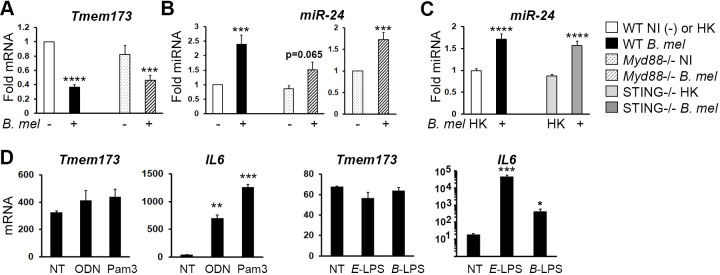Fig 5. MiR-24 induction and Tmem173 suppression do not require STING or TLR agonist PAMPs.
A) Wild type (WT) or Myd88-/- macrophages were infected with 100 MOI B. melitensis (B. mel) for 24h and then RNA levels assessed by qPCR as above. A) Tmem173 expression is from N = 20, with normalization to WT uninfected controls within each experiment (WT NI = 1). B) MiR-24 expression is from N = 10, normalized as in (A) (left panel) and normalized to uninfected MyD88-/- (right). C) WT or STING (Tmem173)-/- macrophages were infected with heat killed (HK) or live B. melitensis for 24h and analyzed for miR-24 expression by qPCR, with normalization to uninfected controls (NI = 1), N = 8. White bars: uninfected or HK-infected wild type; black bars: infected wild type; dotted bars: uninfected Myd88-/-; striped bars: infected Myd88-/-; light gray: HK infected STING-/-; dark gray: live Brucella infected STING-/-. D) Macrophages were treated for 24h with media (not treated, NT), 1 μM ODN 1585 (ODN, TLR9 agonist), 10ng/mL Pam3CSK4 (Pam3, TLR2 agonist), 100ng/mL E. coli LPS (E-LPS, TLR4 agonist) or 10μg/mL Brucella LPS (B LPS), and analyzed for Tmem173 and IL6 expression. E. coli LPS is from 3 independent experiments, and ODN 1585, Pam3CSK4, and Brucella LPS data from 2 experiments. P-values are vs. NT.

